Will cranking out a handful of sacroiliac, or SI, joint exercises several times a week counteract your lower back pain?
It might seem reasonable, since that’s where the joint is located, but like anything related to health and fitness, it’s not quite that simple.
SI joint pain and dysfunction are common in some athletes, pregnant and postpartum women (thanks to ligament-relaxing hormones), people with uneven leg lengths, and those with specific genetic conditions that wear down cartilage and cause inflammation.
But Glenn Babus, DO, President of Healthcare Associates in Medicine, P.C. in New York, New York, believes that the time we spend sitting may be the biggest culprit in SI joint pain.
“When I first started, I didn’t see as many sacroiliac problems as I do now. It has increased a lot during the last 15 to 20 years,” he says.
“I see all these people that are sitting at the computer, or they’re just sitting for hours and not doing any type of walking,” Babus continues.
In a classic example of “move it or lose it,” the underutilized SI joints subsequently become more vulnerable to injury even during seemingly innocuous activities such as weekend hikes and everyday actions like bending, reaching, and lifting.
That being said, SI joint exercises and increased daily activity aren’t a universal prescription for relieving SI joint pain (or any chronic pain, for that matter).
If you suspect you may be dealing with sacroiliac joint dysfunction, see a medical professional.
What Is the SI Joint?
The two SI joints connect the sides of the sacrum (the lower, triangle-shaped portion of the spine above the tailbone) to the right and left iliac bones, which are the wing-shaped protrusions arising from the pelvic girdle.
Reinforced by ligaments, each SI joint has a limited range of motion and, according to New York-Presbyterian Hospital’s Weill Cornell Brain and Spine Center, functions to absorb impact and provide stability when transferring weight from the upper body to the lower body, such as when standing up from a seated position or walking.
What Exercises Should You Avoid for SI Joint Pain?
While medical doctors and physical therapists are likely to recommend SI joint exercises and movement therapy to those dealing with sacroiliac joint dysfunction, there are some activities that, generally speaking, should be avoided by anyone with SI joint pain.
Jessalynn G. Adam, MD, CAQSM, a board-certified physician specializing in primary care sports medicine with orthopedics and joint replacement at Mercy Medical Center in Baltimore, Maryland, simply advises against any activities that cause pain.
“Things like running, jumping, or anything where you’re loading one side of the body may be painful,” she says.
Babus suggests that individuals with SI joint pain also avoid sit-ups, heavy weightlifting, contact sports, and exercises that require twisting and turning at the hips, like golf and tennis.
Typical “weekend warrior” activities may also be detrimental.
“Excessive biking or long rides can actually cause more harm than good by putting extra pressure on the sacroiliac joints,” he adds.
SI Joint Exercises to Prevent Injury
Adam and Babus agree that a strong core is the key to preventing SI joint pain and sacroiliac joint dysfunction.
In addition to incorporating more walking (and less sitting) into your day, try adding these core-strengthening exercises to your fitness routine.
- Lie on your right side propped up on your right elbow and forearm, with your legs straight and stacked. Your shoulders should be positioned above your elbow with your left hand on your hip.
- Engage your core, flex your glutes, and lift your hips off the floor until your body forms a straight line from head to heels.
- Hold for time, then switch sides and repeat.
- Get down on an all fours, with your hands directly below your shoulders and your knees directly below your hips.
- Maintaining a flat back, engage your core and simultaneously extend your right arm straight ahead of you and your left leg straight behind you. Keep your left foot flexed.
- Pause, then return to the starting position.
- Do equal reps on both sides.
- Lie on your left side with your head resting on your left arm, your legs and hips stacked, and your knees bent 90 degrees.
- Bring your knees forward until your feet are aligned with your butt, and place your right hand flat in front of you by your left elbow. This is the starting position.
- Keeping your feet together, engage your core as you slowly lift your right knee without tilting your pelvis or lifting your left knee off the floor.
- Hold for one second, squeezing your glutes, and then lower your knee to the starting position.
- Do equal reps on both sides.
- Make it harder: Loop a small resistance band around both legs just above your knees.
SI Joint Stretches to Ease Discomfort
Stretching can help reduce SI joint pain, but Babus has a few caveats. “Stretching alone is not enough. You have to increase your core strength,” he says.
Additionally, he recommends including dynamic stretches (like hips swings) and cautions against stretching around a cold SI joint — always warm up first.
Hip swing
- Stand tall with your right hand on a wall, rail, or other stable object beside you for balance, and shift your weight onto your right leg.
- Keeping your torso upright and your core engaged, swing your left leg forward and backward, beginning with a small range of motion and gradually increasing the height of each swing.
- Continue for time, and then switch legs and repeat.
Seated figure 4
- Sit on a chair or bench, and bring the outside of your right ankle to rest on your left knee.
- Keeping your chest up, back flat, and right ankle flexed, hinge forward at your waist until you feel a stretch in your right hip and lower back.
- Hold for time, and then repeat with the other leg.
Spinal twist
- Lie on your back with your legs extended, and then draw your right knee toward your chest.
- Extend your right arm out to your right side and place your left hand on the outside of your right knee.
- Keeping your right shoulder on the floor and your gaze on your right hand, use your left hand to help bring your right knee across your body toward the floor until you feel a deep stretch in your hips and lower back.
- Hold for time, and then switch sides and repeat.
The post SI Joint Pain? Here’s What to Do (and What NOT to Do) appeared first on The Beachbody Blog.

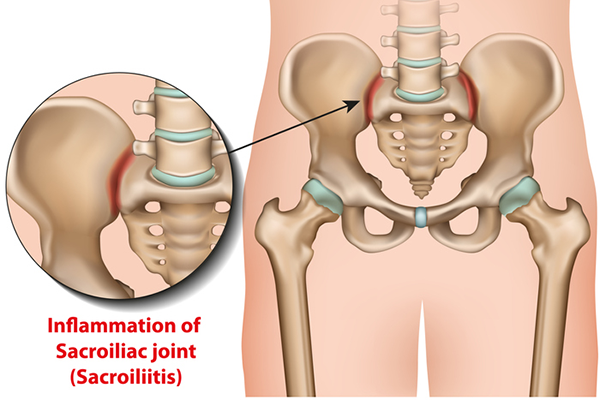
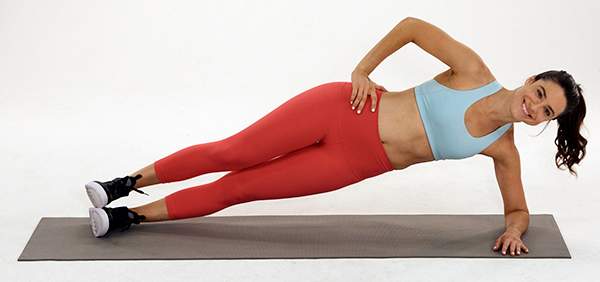
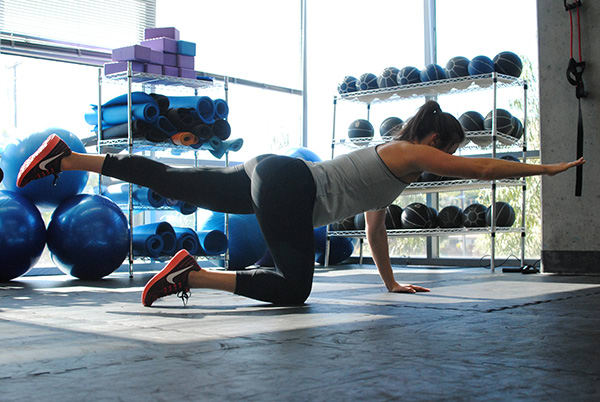
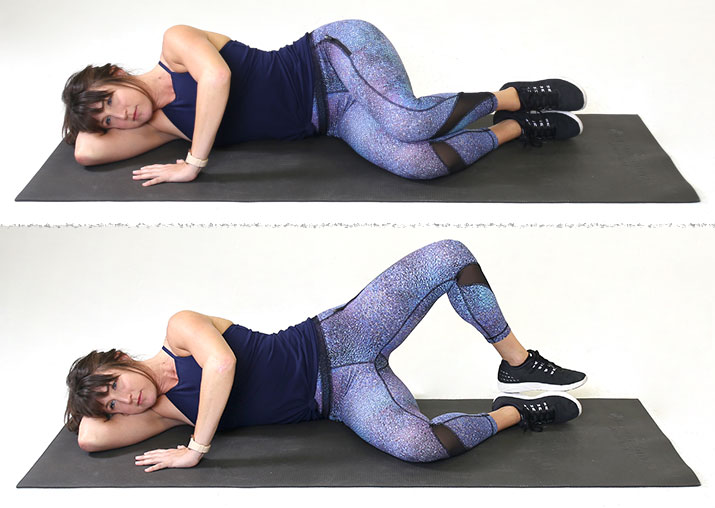
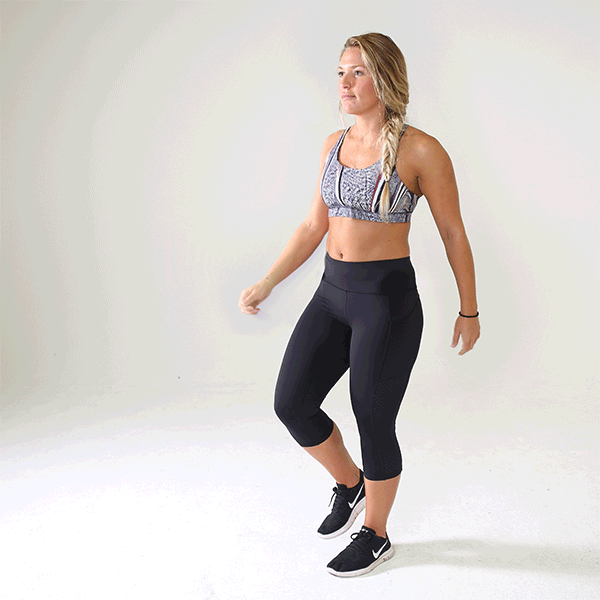
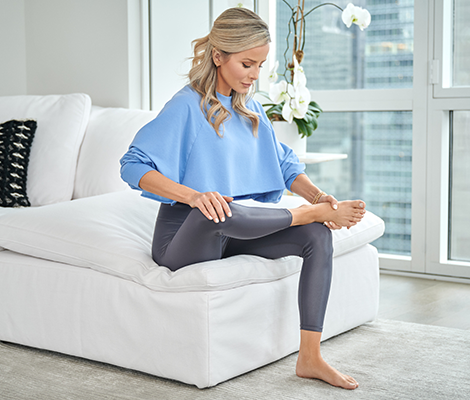
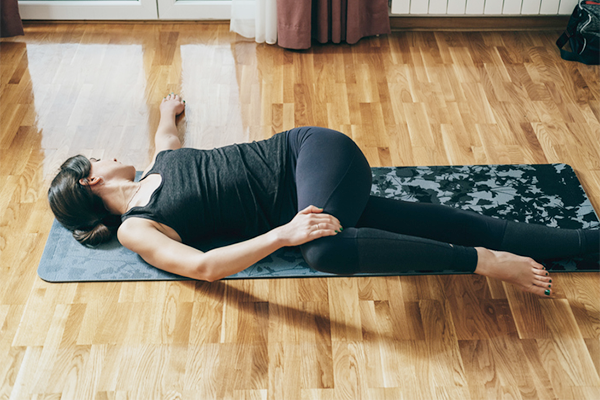
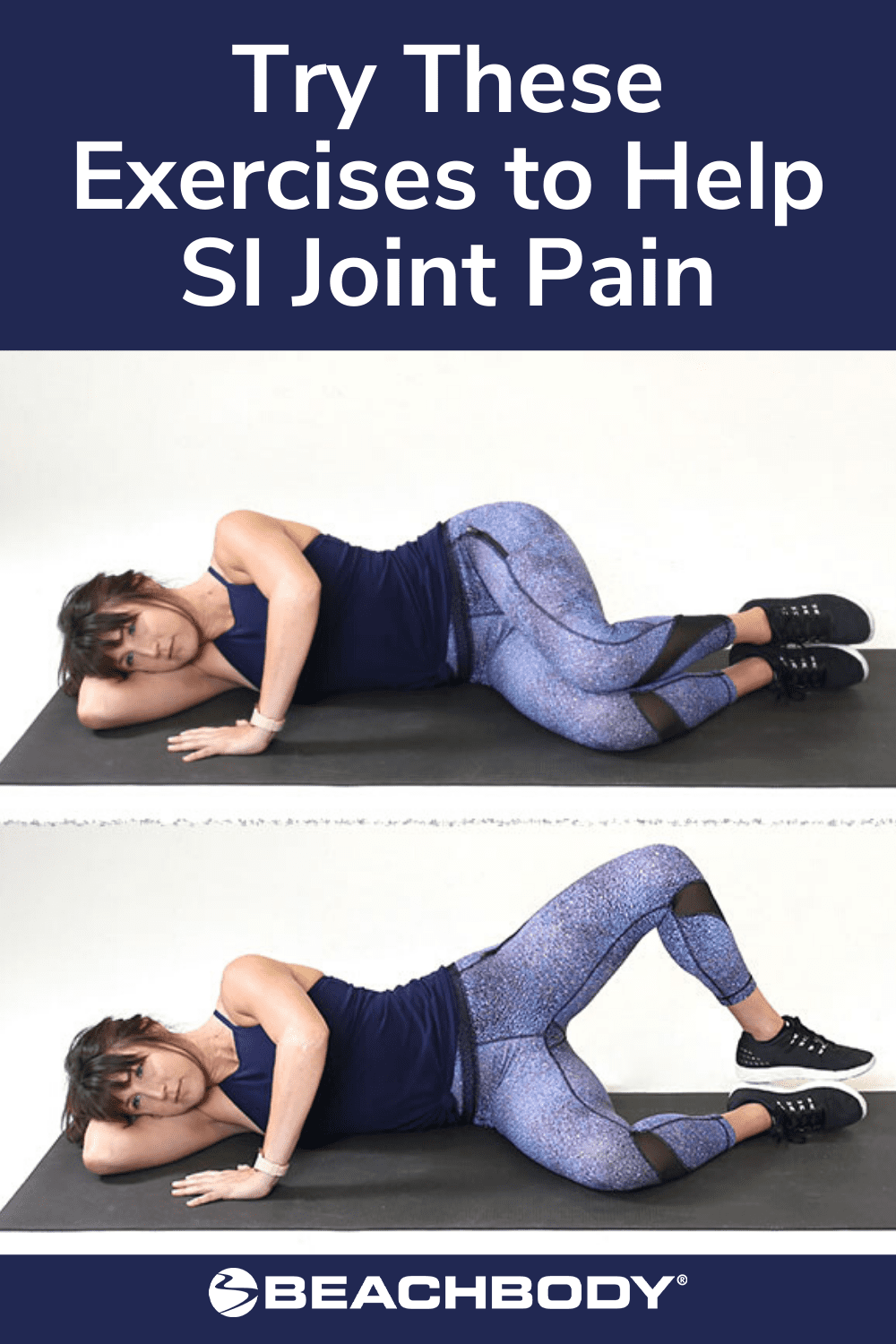
0 Comments